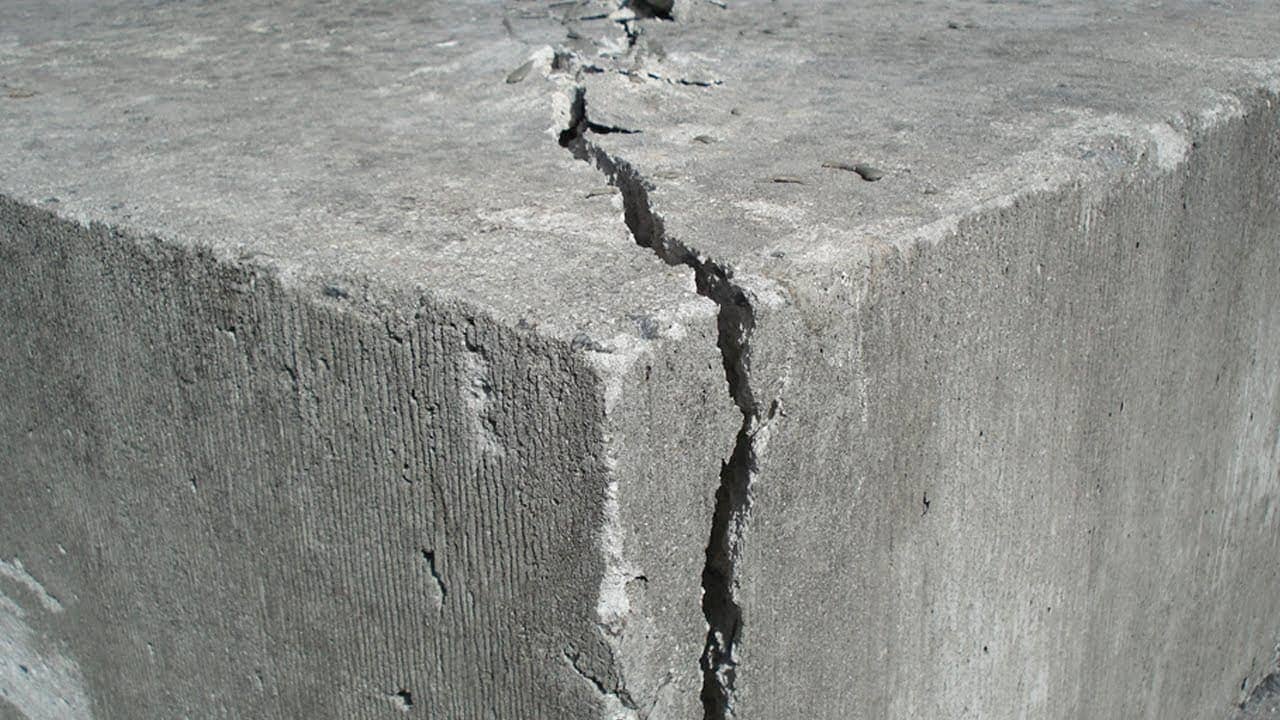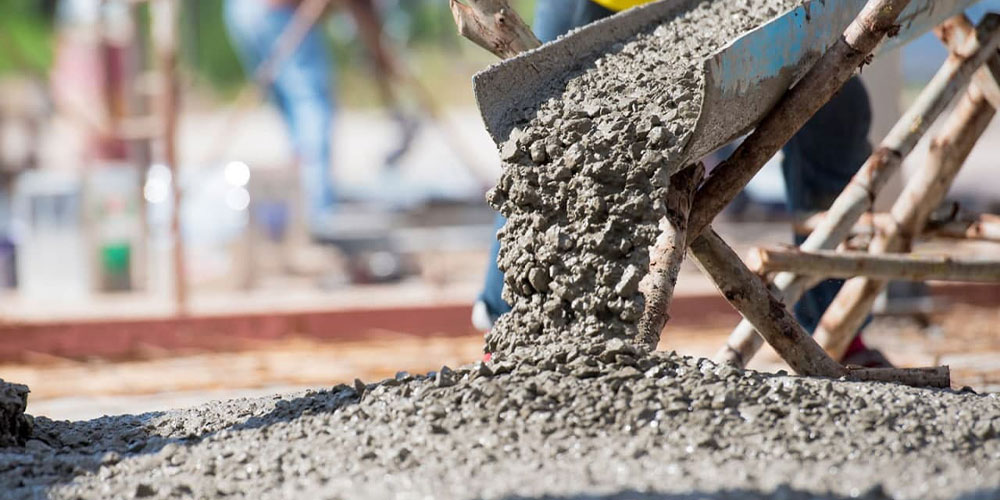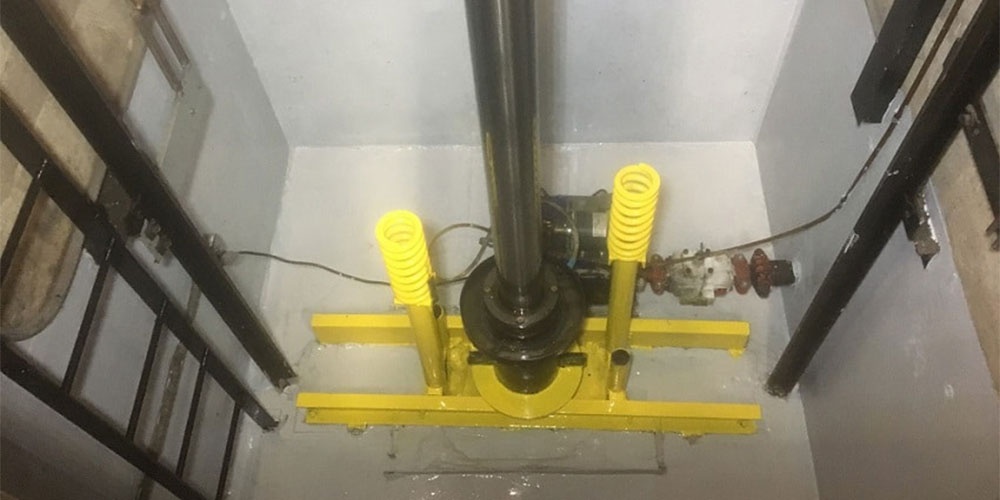Concrete is one of the most important building materials in civil engineering, composed of cement, water, fine and coarse aggregates (sand and gravel), and concrete additives. The formation of cracks and fissures in concrete and cement structures is one of the most common problems faced in most projects today. It should be noted that by implementing proper execution and utilizing products from NSG Construction Company (based on acrylic resins and nanotechnology) in projects, we can minimize potential risks and problems. This article aims to familiarize readers with the reasons for cracking in concrete and cement, as well as to present solutions for repairing these cracks.
concrete and cement repair with construction adhesives
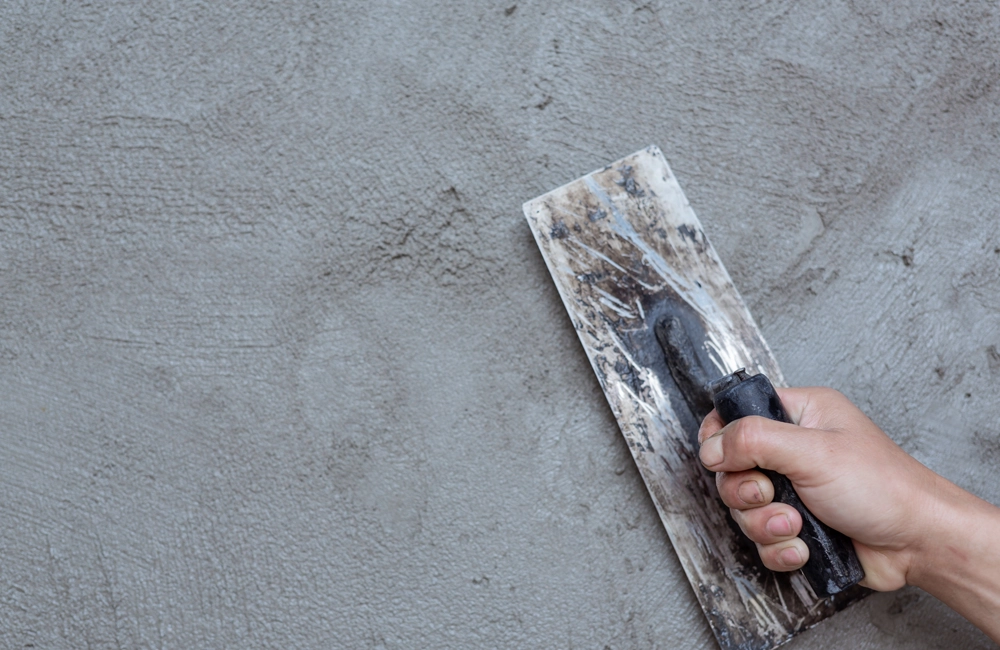
One of the most effective methods for repairing and restoring cracks in concrete and cement is the use of construction adhesives and concrete additives. Some individuals attempt to fill cracks using only concrete, but this approach is not recommended, as it not only increases costs but also reduces the service life of the structure. To enhance durability and strength, the use of specialized construction adhesives is advised.
One of the best options is the N50 Concrete Adhesive and Additive. This product not only provides waterproofing and reinforcement for cementitious and concrete mortars but also offers high hardening properties, improving the tensile and flexural strength of concrete. N50 adhesive is widely used in civil engineering and repair projects for:
-
Grouting and installation of stone
-
Eliminating looseness in structures
-
Plaster mortars and waterproof concrete
-
Slope formation and floor leveling
-
Crack repair and filling bolt holes
-
Bonding new mortar to existing dried mortar
Its versatility makes N50 an essential material in road and building engineering projects.
Causes of Cracking in Concrete and Cement
Cracking in concrete is one of the most common problems in civil structures, which can reduce the durability and strength of a structure. Various factors contribute to the formation of these cracks, which can be categorized into the following main groups:
1. Execution and Human-Related Factors
One of the primary causes of concrete and cement repair cracking is improper execution and neglect of technical standards. If the water-to-cement ratio is not properly maintained, the concrete will lack sufficient moisture for hydration, leading to surface and deep cracks. Additionally, the use of low-quality raw materials, inadequate supervision during concreting, and improper curing are factors that increase the likelihood of cracking.
2. Mechanical and Loading Factors
Concrete cracks may occur due to loads exceeding the design capacity of the structure. Unexpected pressures or dynamic loads, such as earthquakes, heavy machinery vibrations, or ground settlement, can cause localized cracks or even long cracks throughout the surface and depth of the concrete.
3. Environmental Factors
Environmental conditions also play a significant role in concrete cracking. Severe temperature fluctuations cause expansion and contraction in concrete, which, if uncontrolled, leads to surface cracking. Rapid drying of the concrete surface under direct sunlight or the penetration of moisture and rainwater can result in surface cracks and reduced concrete durability.
4. Chemical Factors
Certain chemical reactions within concrete can also lead to cracking. For example, the alkali-silica reaction (ASR) between aggregates and cement can create network-like cracks. Additionally, sulfate attack or carbonation over time weakens the internal structure of concrete, causing cracks.
5. Natural Factors
Natural factors such as plant growth and root penetration into small cracks or mortar joints can expand cracks. Moreover, erosion over time and elastic deformations of concrete due to continuous pressures are other causes of cracking in cementitious and concrete structures.
Using Construction Adhesives for Repairing Concrete and Cement Cracks
One of the most effective methods for repairing and restoring cracks in concrete and cement is the use of construction adhesives and concrete additives. Some individuals attempt to fill cracks using only concrete, but this approach is not recommended, as it not only incurs high costs but also limits the durability and service life of the concrete. Therefore, to extend the lifespan of concrete or cement structures, the use of construction adhesives is strongly advised.
One of the best concrete adhesives is N50 Concrete Adhesive and Additive. This product is used for waterproofing and reinforcing cementitious and concrete mortars. Thanks to its high hardening properties and ability to increase tensile and flexural strength, it is widely applied in construction, repair, and concreting projects.
The N50 adhesive and additive can be applied without thickness limitations in:
-
Grouting and installing stone while eliminating looseness
-
Plaster mortars and waterproof concrete
-
Sloping mortars
-
Flooring and subflooring in high-traffic areas
-
Crack repair and filling bolt holes
-
Bonding new mortar to existing dried mortar
Temperature fluctuations are one of the most common causes of concrete cracking. To prevent these cracks, PLC mesh can be used. Made of fiberglass, this mesh is lightweight, flexible, and able to withstand tensile and flexural stresses while controlling expansion and contraction due to temperature changes. It provides an excellent method for strengthening and reinforcing the external surfaces of concrete, cement mortar, and plaster, and effectively prevents cracking in concrete and cement structures..
Causes of Cracks in Concrete Structures:
- Temperature changes
- Time passage leading to elastic deformation
- Chemical reactions
- Rainwater leakage
- Expansion of building space
- Growth of plants and their roots
- Expansion of internal structural members
The Importance of Cracks in Concrete and Cement
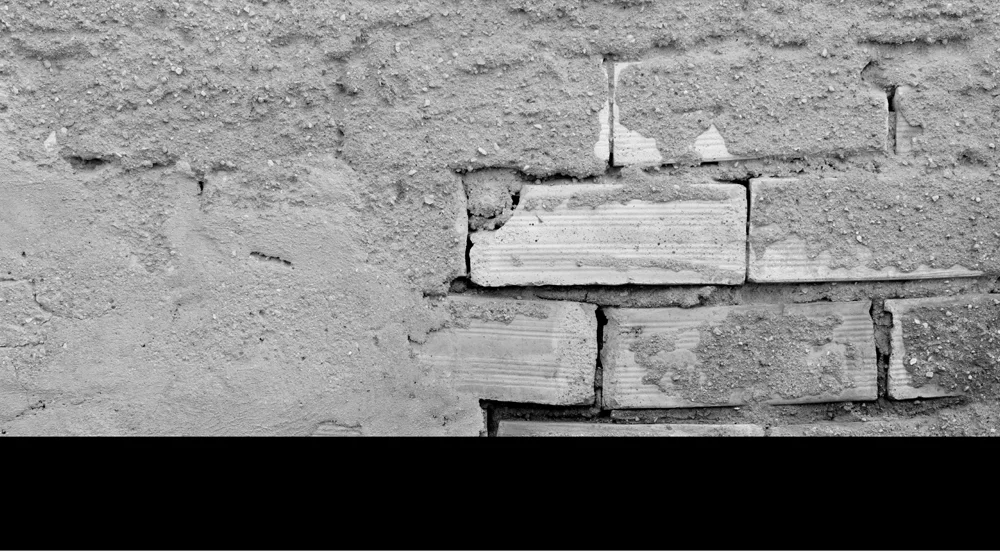
Not all concrete cracks are equally hazardous; some are minor, while others can threaten the structural integrity. Therefore, identifying the type of crack and taking timely action is crucial.
1. Minor Cracks
Some cracks result from natural factors, such as concrete shrinkage during drying or the use of low-quality materials during construction. These cracks are usually surface-level and small, causing minimal damage. In many cases, immediate repair is not necessary, and careful monitoring can prevent their further development.
2. Critical and Major Cracks
These cracks are deeper and larger, and if concrete or cement repair is not performed in time, they can pose serious risks to the structure. Critical cracks are usually vertical or longitudinal and may connect with other cracks. Assessing the depth of the crack and surrounding conditions, such as connection to other concrete layers or mechanical stress, is essential for selecting the appropriate repair method.
3. Indicators for Assessing Crack Importance
To determine the significance of a crack, the following factors should be considered:
-
Crack Depth: Deeper cracks are generally more dangerous.
-
Length and Connectivity: Continuous or networked cracks require immediate repair.
-
Edge Wear: Older cracks show more edge wear and reduced concrete strength.
-
Location: Cracks in load-bearing points or main structural elements are more critical.
Based on these indicators, it can be decided whether a crack requires immediate repair or just monitoring and maintenance. Using specialized products like N50 Concrete Adhesive and Additive and SH7 Superplasticizer for repairing critical cracks increases durability and reduces potential structural risks.
Additionally, P.P. polypropylene fibers, another product from NSG Construction Company, are used in precast elements, spraying concrete on curved surfaces, impact-resistant structures, and more.
concrete and cement repair
Drilling and Grouting
In this method, a cavity is created near the crack and filled with grout mortar to prevent further crack propagation.
Another approach involves injecting epoxy mortar along with reinforcement bars. The rebars are pre-sized and positioned along the cracks, providing the necessary material inside the cracks for effective repair.
Stitching Cracks
This is a simple yet highly durable method. Cavities are drilled at the start and end of the cracks, creating U-shaped holes. These cavities are securely sealed, and grout or epoxy is injected at both ends to restore structural integrity.
Weaving Method
When cracks appear over a wide area, the stitching method is not practical. In such cases, the weaving method is applied. This involves using an anchor device and connecting tensioned rebars based on pre-calculated stresses to reinforce the cracked area effectively.
Cracking and damage in concrete and cement structures are inevitable but manageable. By following proper construction principles, using high-quality materials, and applying specialized NSG products, the durability and quality of concrete can be maintained for years.
Additives such as SH7 superplasticizer play a key role in improving workability and ease of application, while specialized adhesives like N50 Concrete Adhesive and Additive provide a reliable solution for repair, reinforcement, and waterproofing. Choosing the right products along with principled repair methods is the best strategy to reduce maintenance costs and extend the service life of civil engineering projects.
Special Offer for You
If your construction or civil engineering projects are facing cracks, water penetration, or reduced concrete durability, take action now:
✔️ Use SH7 Superplasticizer to improve concrete quality and workability.
✔️ Repair cracks and enhance structural strength with N50 Concrete Adhesive and Additive.
For free consultation, technical information, and product purchases, contact the experts at NSG Construction Company today.




